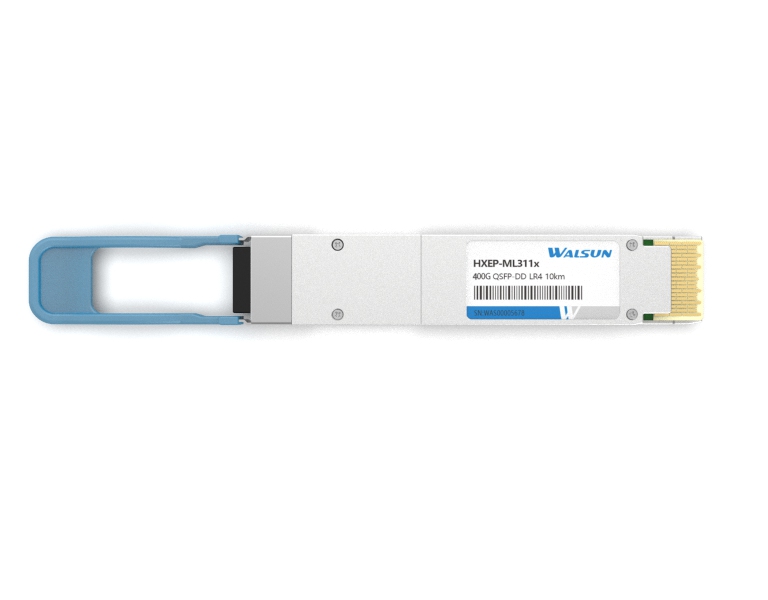

 Knowledge Base +
Knowledge Base +  2023.12.04
2023.12.04Initial QSFP: 40Gbps
The earliest QSFP optical modules were introduced in 2006, introducing the concept of miniaturization and high-density connectivity.
The first QSFPs supported 4-channel transmission, typically at 10Gbps per channel, which meant a total transmission rate of 40Gbps per module.
This design allowed the initial QSFP optical modules to play an important role in data center interconnections, server-to-server connectivity, and links between switches.
QSFP+: 40Gbps and 56Gbps
As data centers continue to expand and demand higher transmission rates, QSFP+ optical modules are key to growth.QSFP+ supports higher transmission rate options, including:
40Gbps: 10Gbps per channel with 4 channels totaling 40Gbps This module is widely used in high density connectivity and 40G Ethernet.
56Gbps: 14Gbps per channel with a 4-channel aggregate rate of 56Gbps. this rate of QSFP+ module provides higher bandwidth for some specific applications.
QSFP28: 100Gbps
With the advent of the digital age, the need for transmission rates has further increased.
The QSFP28 standard was released in 2016 and supports transmission rates of 100Gbps per channel.
This makes high-speed interconnections within data centers more efficient and helps to cope with the growing demand for data processing.
By utilizing four channels, QSFP28 modules pack up to 100Gbps of data transfer rate into one compact module.
QSFP-DD: 200Gbps and 400Gbps

As data processing continues to scale, high-density connectivity becomes critical. the QSFP-DD standard was created to support higher transfer rate options, including:
200Gbps: 50Gbps per channel, totaling 200Gbps over 4 channels. this module is suitable for scenarios where the need for high bandwidth connectivity is more pressing.
400Gbps: 100Gbps per channel with a 4-channel aggregate rate of 400Gbps. this high-density connection is suitable for large-scale data processing and high-performance computing in data centers.
Subscribe to the newsletter
for all the latest updates.
2-5# Building, Tongfuyu Industrial Zone, Aiqun Road, Shiyan Street, Baoan District, Shenzhen. China
